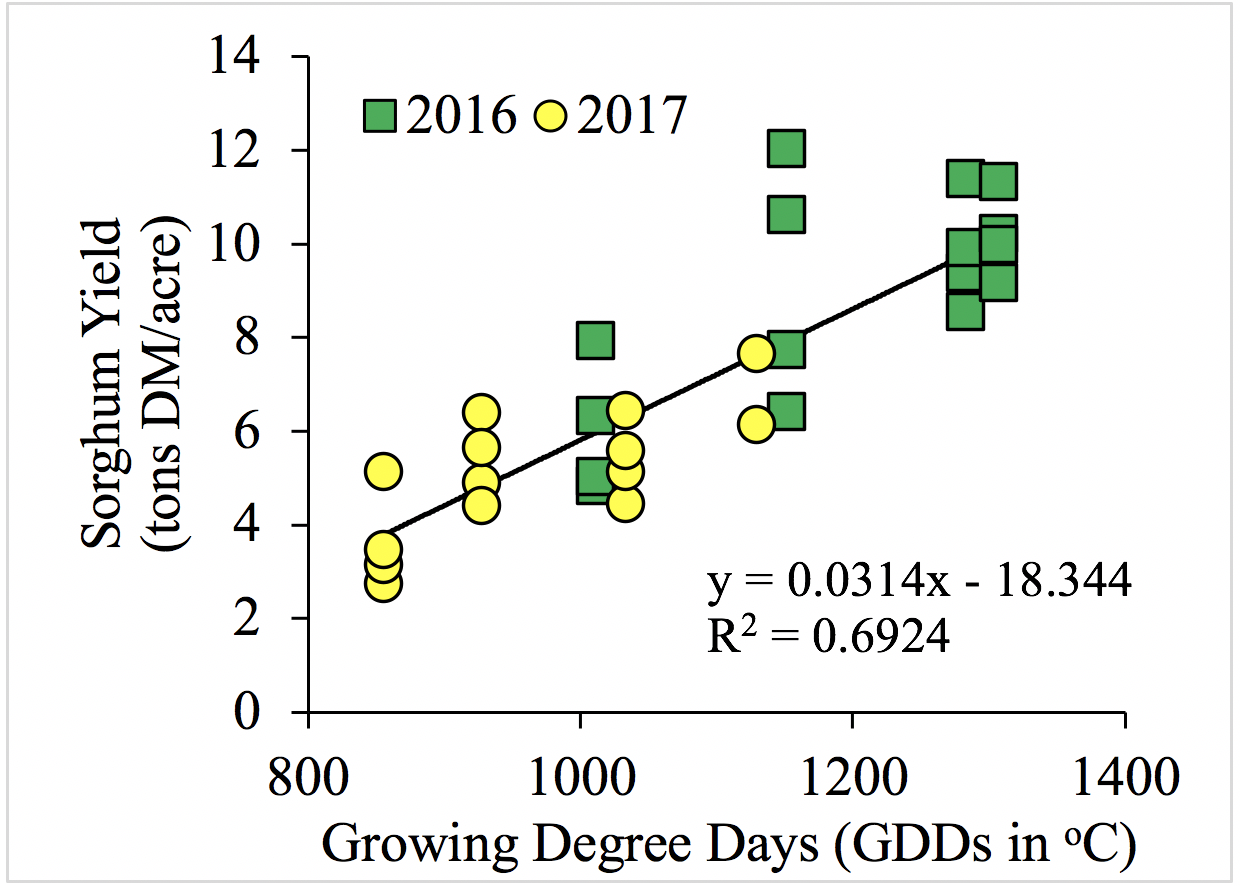Joseph Amsili, Harold van Es, Robert Schindelbeck, Kirsten Kurtz, and David Wolfe
Soil and Crop Sciences and Horticulture Sections, Cornell University
The soil is a foundational resource for life on earth and its health is critical to the sustainability of agriculture and food systems. Healthy soils can lead to increased profitability and resilience to extreme weather for farmers, while also contributing to many off-farm benefits, including improved water quality and climate change mitigation. Defining realistic soil health targets and goals for farmers, professionals, and policymakers is a critical step to making progress towards New York State’s water quality and climate mitigation goals.
In order to establish aspirational soil health goals and assess soil organic carbon sequestration potential (for carbon farming programs), we summarized results from 542 soil samples from across New York State with both cropping system and soil texture information (Figure 1). Each composite soil sample went through the Standard Comprehensive Assessment of Soil Health (CASH) package at the Cornell Soil Health Laboratory.

These reports include a first attempt at developing aspirational soil health goals for NYS by soil texture and cropping system. It is based on the 75th percentile of the distribution for each biological and physical soil health indicator in each cropping system and texture grouping (Figure 2). We’ve known that soil texture determines the amount of organic matter a soil can hold and needs to be considered when defining soil health goals. But our results also indicate that cropping systems should be considered when defining soil health goals. For example, it’s not realistic or useful to hold a 1,000-acre annual grain operation to the same standards as a five-acre organic vegetable farm. These aspirational soil health goals provide realistic targets for NYS farmers within the context of their own production environment.

Soil health practices, including reduced tillage, cover crops, organic amendments, and perennial crops, have the potential to build and maintain soil organic carbon levels, which can help remove some atmospheric carbon dioxide (CO2). An important consideration is that soils have a limited capacity to store soil organic carbon, mostly based on texture and mineralogy. As a soil approaches its saturation point, carbon inputs in the form of plant residues or organic amendments have decreased efficiency at further increasing soil organic carbon. Once this is saturated, soil organic carbon can only build up in more labile fractions that are less protected, more readily decomposed and returned to the atmosphere as carbon dioxide, i.e., the carbon gains in that case are not permanent.
Our results show that most fields under Annual Grain and Processing Vegetable cropping systems have less soil organic carbon than their capacities based on texture class in a grassland system (Figure 3). Therefore, these cropping systems have the greatest potential to stabilize additional soil organic carbon. Conversely, many fields in Pasture and Mixed Vegetable systems are closer to their saturation levels and therefore have less potential to sequester more carbon. Dairy Crop fields are intermediate. Annual Grain and Processing Vegetable systems can build soil organic carbon by incorporating the types of management practices that make Dairy Crop, Mixed Vegetable, and Pasture soils healthier. This includes applications of composts and manure, integration of livestock, better rotations, cover cropping and reduced tillage.

The results of these reports will enable New York State policy makers, agricultural professionals, and farmers to set goals for improved soil health and carbon farming within the context of their soil type and cropping system. Additionally, relative carbon saturation metrics can be used to optimize carbon allocations for soil sequestration and thereby also improve soil health.

For more information, please visit our website: newyorksoilhealth.org
























